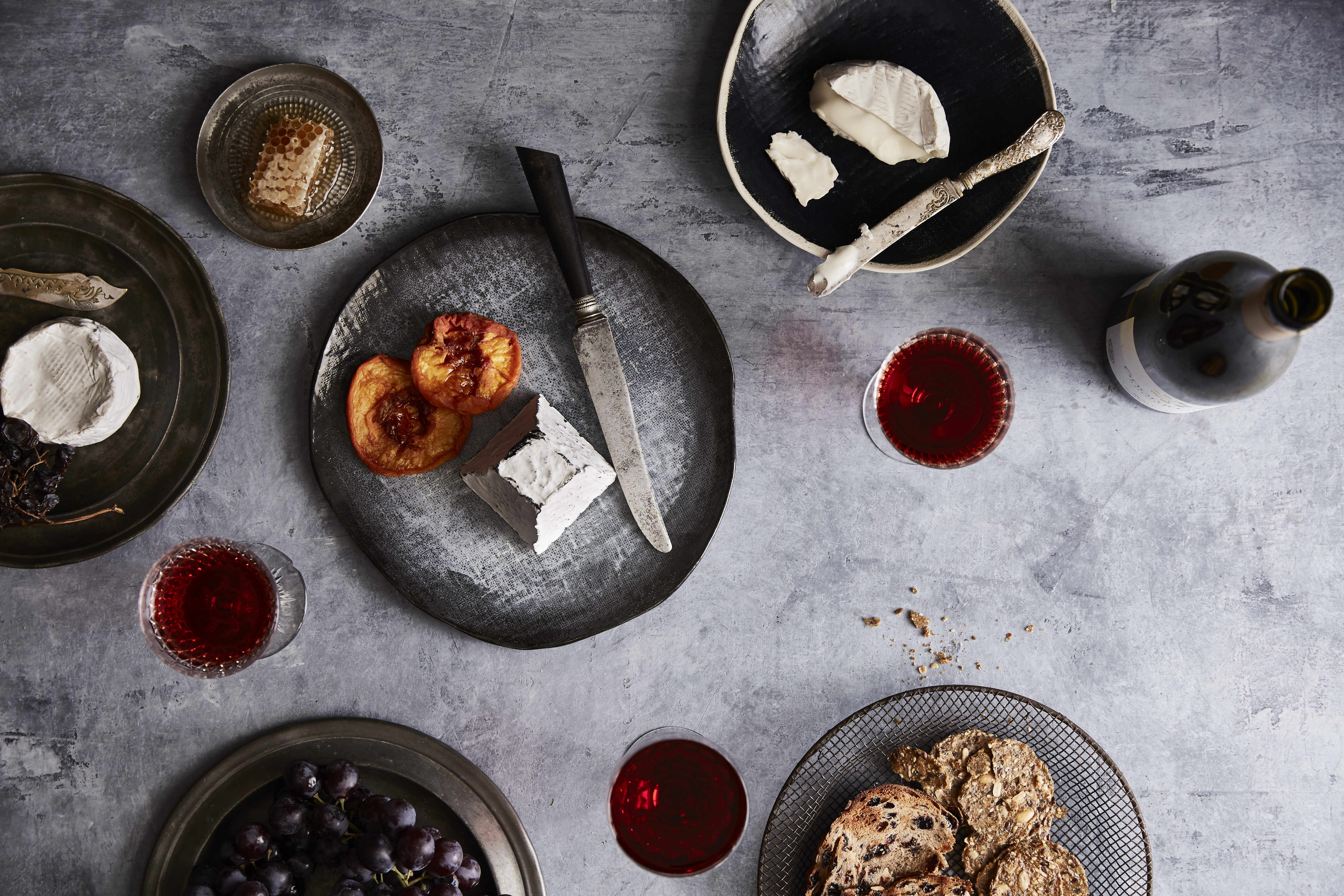Most people would agree that wine and cheese is the perfect pairing, but in reality, the two don’t often work together. In some cases, the combination is positively gross.
First, a disclaimer. Let us acknowledge that drinks pairing is very personal. You are, of course, entitled to do what you want, and this is as much opinion as it is science.
Still, we’re not sure who decided that cheese and wine were meant for each other, and when. Wine writer and delicious. magazine drinks editor Mike Bennie thinks it was borne from convention, fostered by lack of imagination, and encouraged by a perpetuation of classic wine and food thinking (i.e., cheese comes at the end of a meal when the heavy reds do, too). Wine educator and writer Clare Burder thinks that we took the few wine and cheese pairings that do work and concluded that they all do.
But consider this.
“When you eat cheese, you get a lactic build-up in your palate, which ends up negating a lot of the nuance in wine,” says Bennie. “If you’re drinking a big red and you have a cheddar alongside it, the creaminess of the cheddar will end up staining your palate in a way that means you won’t be able to appreciate the wine. Nor will the wine be able to cut through that creaminess in order to refresh your palate and encourage another mouthful.
“It creates a sluggish, pleasure-less experience, like stuffing cottage cheese through fishnet stockings. It’s just not the right combo in terms of the way things fit in your mouth.”
Burder agrees. “Pairing wine and cheese is largely a disservice to both,” she says, especially with wines that are high in tannin. “Tannins in wine bind with the fat in cheese, leaving everything else behind and forcing the cheese to dissolve in the wrong way in your mouth.”
Soft cheeses in particular can make red wine taste metallic, thanks to trace compounds of iron in wine which can bind to aldehydes (a type of organic compound) created during the cheese fermentation process.
Bennie and Burder both believe there are much better pairing alternatives (namely beer, cider, sake and whisky), but for those of us who want to keep the wine and cheese dream alive, it’s not completely hopeless. There are a couple of pairings that work well.
One of the most famous is Comté and Vin Jaune (“Yellow Wine” made from white Savagnin grapes), both from the Jura in France. Vin Jaune is made in a similar way to sherry (although Vin Jaune is unfortified), and like sherry and some dry vermouth, its intensity and pungency can stand up to cheese. It is, says Bennie, “the most sublime food and drink pairing in the galaxy.” It’s also a reason why we kept the bar offering at MOULD: A Cheese Festival on the funky side.
More conventional wine and cheese pairings exist, too. Sauvignon Blanc and fresh goat’s cheese (goat’s cheese is naturally more acidic, so can stand up to wine) is a firm favourite of Burder’s, and she also believes that there’s room for success between Chardonnay (although be careful with oak) and white mould cheeses. Sparkling wine can also work really well, thanks to a hint of sweetness and the cleansing cut-through of its bubbles.
While white wines tend to be a safer bet than red, fruity reds can often do the trick, and this comes down to sugar. “The savoury, umami, salty flavours in cheese are elevated by sugar,” she says, so, like eating cheese with quince paste, pairing cheese with a wine that’s on the sweeter side can really work well.
Whatever you do though, and disclaimer aside, avoid big reds and cheddar. “The classic, men-in-suits dining always crescendos into a slab of cheddar and a big, thick, rich Shiraz,” says Bennie. “That is fucking horror. It’s sumos fucking. It’s no good.”
Some combinations to try:
Yarra Valley Dairy Fresh Pyramid with Sauvignon Blanc
Yarra Valley Dairy Gentle Goat with a Yarra Valley Pinot Rosé
Yarra Valley Dairy Le Jack white mould with Serrat Chardonnay (current vintage)
Yarra Valley Dairy Fresh Ashed Goats Pyramid with Dappled Appellation Chardonnay (current vintage)
Yarra Valley Dairy White Savourine with Dappled Appellation Gewurztraminer (current vintage)
Yarra Valley Dairy Yering (camembert) – Steels Gate Blanc de Blanc
Yarra Valley Dairy Bullseye + St Ronan’s Methode Traditionale Apple Cider
Binnorie Dairy Labneh or Feta with a young Hunter Valley Semillion
Comté and Vin Jaune or other oxidative wine
A washed rind cheese with red vermouth
Images courtesy of Yarra Valley Dairy.


